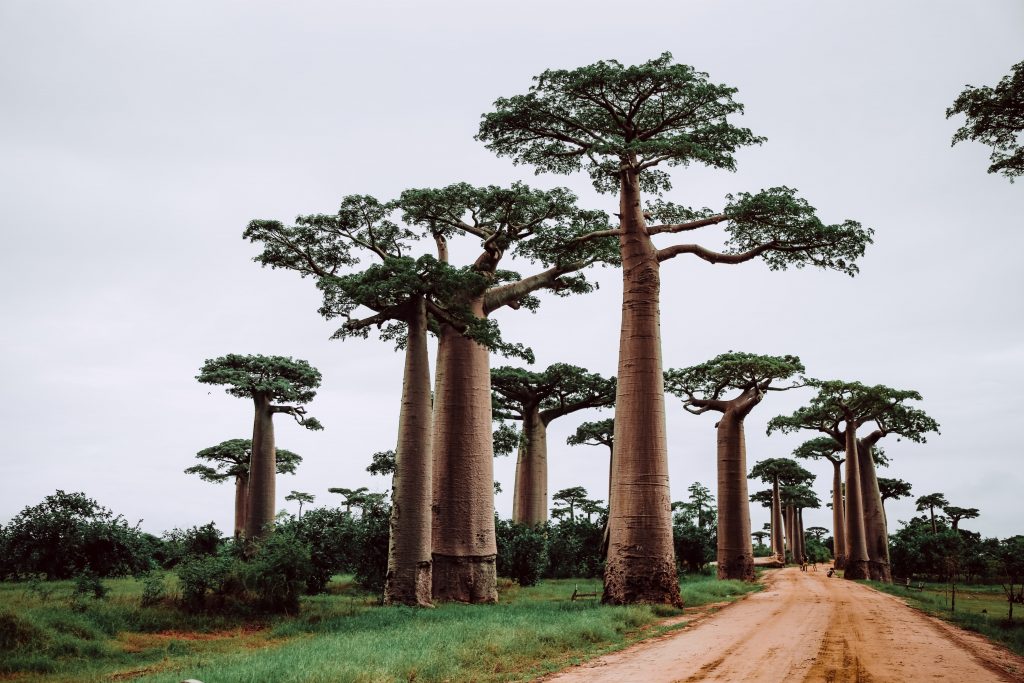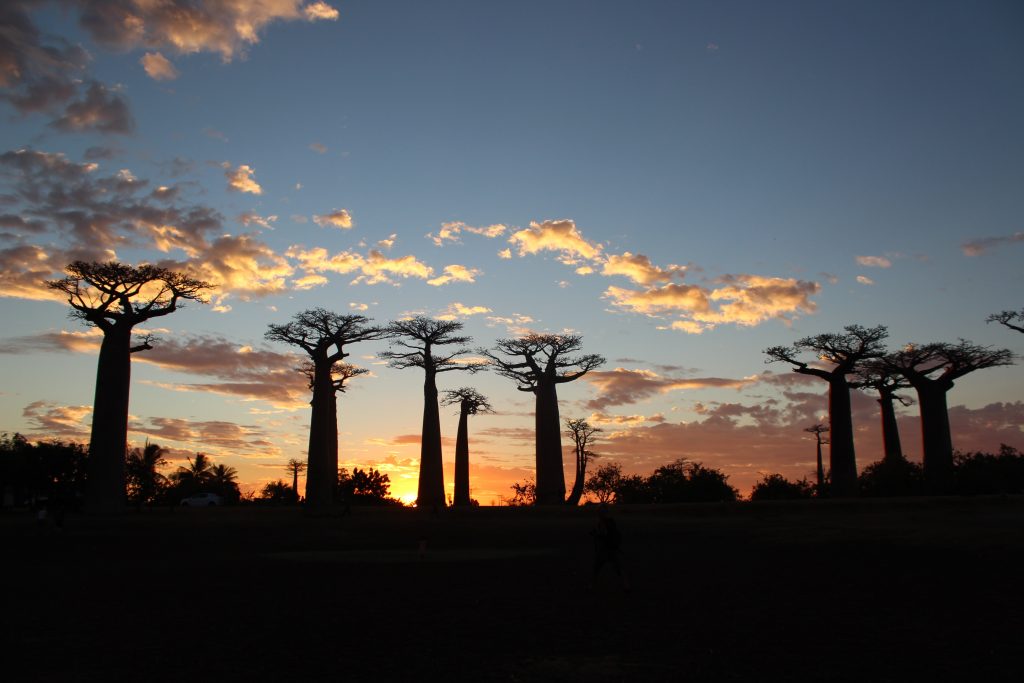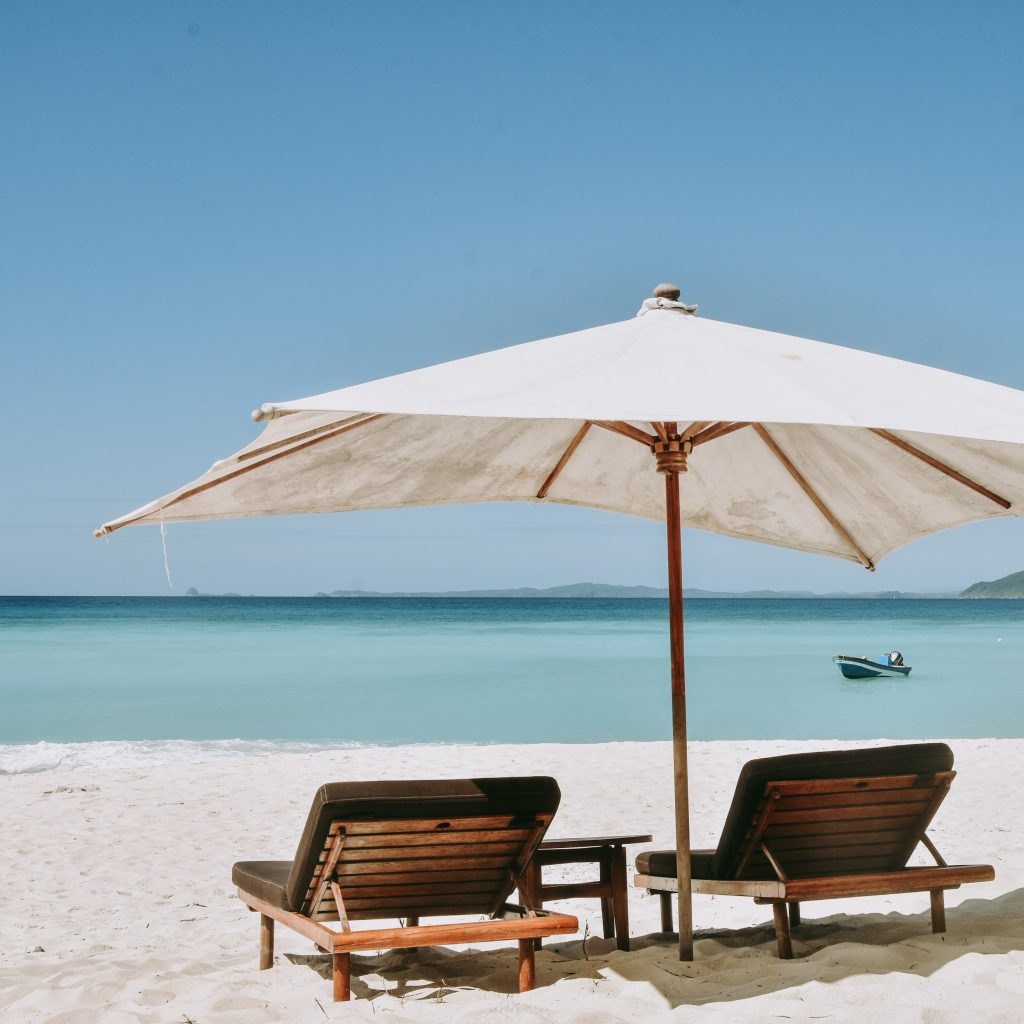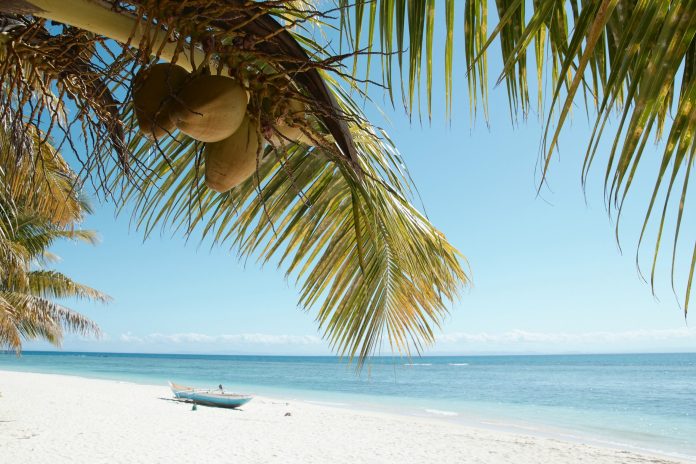When many people talk about Africa, the first description that comes to mind is often a desolate, barren landscape – a continent of dust. However, that image could not be further from the truth. Every region in Africa has unique characteristics and areas to explore. If you ever have doubts about where to go next on your African adventure, don’t fret! In this article, we will take a look at diverse and unique spots in Madagascar – a hidden gem of Africa.
Geography
Madagascar is a hidden gem of Africa for exploring nature. The country has a diversity of landscapes including highlands, plains, and forests. The natural wonders include national parks and reserves, as well as unique coral reefs. Many endemic plants and animals can be found on the island, making it a great place to see both African and European animals in the same place.
The climate is moderate with year-round temperatures ranging from 30 degrees Celsius in the desert areas to 33 degrees Celsius in the regions near the coast. The country is also home to several hundred different species of birds, making it an excellent destination for birdwatchers. The mountainous regions offer great hiking opportunities, while lakes and rivers offer peaceful camping trips or a chance to explore by canoe.
Madagascar has something for everyone who wants to explore nature without having to leave their comfortable surroundings.

Economy
Madagascar is a hidden gem of Africa for exploring nature. Madagascar is known for its vast and diverse wildlife, including elephants, lemurs, hippos, lions, and cheetahs. Additionally, the country’s varied ecosystems offer a wealth of opportunities for tourists to explore the rainforest, savanna, and coastal areas.
Despite its poverty levels compared to some of its more developed African neighbors, Madagascar has made impressive strides in recent years. The country’s economy has stabilized and is growing at a rate above 5%. Additionally, tourism is one of the leading sectors of the economy and provides essential employment on the island nation.
Still, much work remains to be done in order to promote the country’s natural resources and make Madagascar an even greater destination for travelers. Efforts are being made to improve infrastructure such as roads and airports in order to better accommodate visitors. Additionally, support is being provided for sustainable development initiatives that build on the natural resources of the country in order to protect them for future generations.

Living In Madagascar
Madagascar is a hidden gem of Africa for exploring nature. From the coastlines to the highlands, there is an incredible range of habitats and landscapes to be found on the island.
Much like its neighbour, Mauritius, Madagascar has a long coastline with beautiful sandy beaches and crystal-clear water. The east coast boasts fascinating dive sites, while the western shores are home to lush rainforest. inland, capital Antananarivo offers fascinating colonial architecture and narrow alleyways lined with century-old banyan trees.
The interior also holds many diverse attractions. The fearsome Androy plateau – with its glaciers, jagged peaks and deep ravines – is an intense landscape dotted with stunning mountaintops. Just a few hours’ drive from Antananarivo lies the largely untouched Ambositra National Park, home to herds of white tassa bucks (the national animal) as well as lemurs, dormice and many other endemic creatures.

Madagascar is a fascinating country with so much to offer tourists. From its stunningly preserved rainforest to its bustling cities, there is an immense amount of variety on offer when it comes to exploring nature in Madagascar. What’s more, thanks to its relative isolation from the outside world, Madagascar offers some of the most pristine habitats on the planet. If you’re planning a trip to Africa this year and are looking for a destination that offers something different and exciting, be sure to add Madagascar to your list!



































